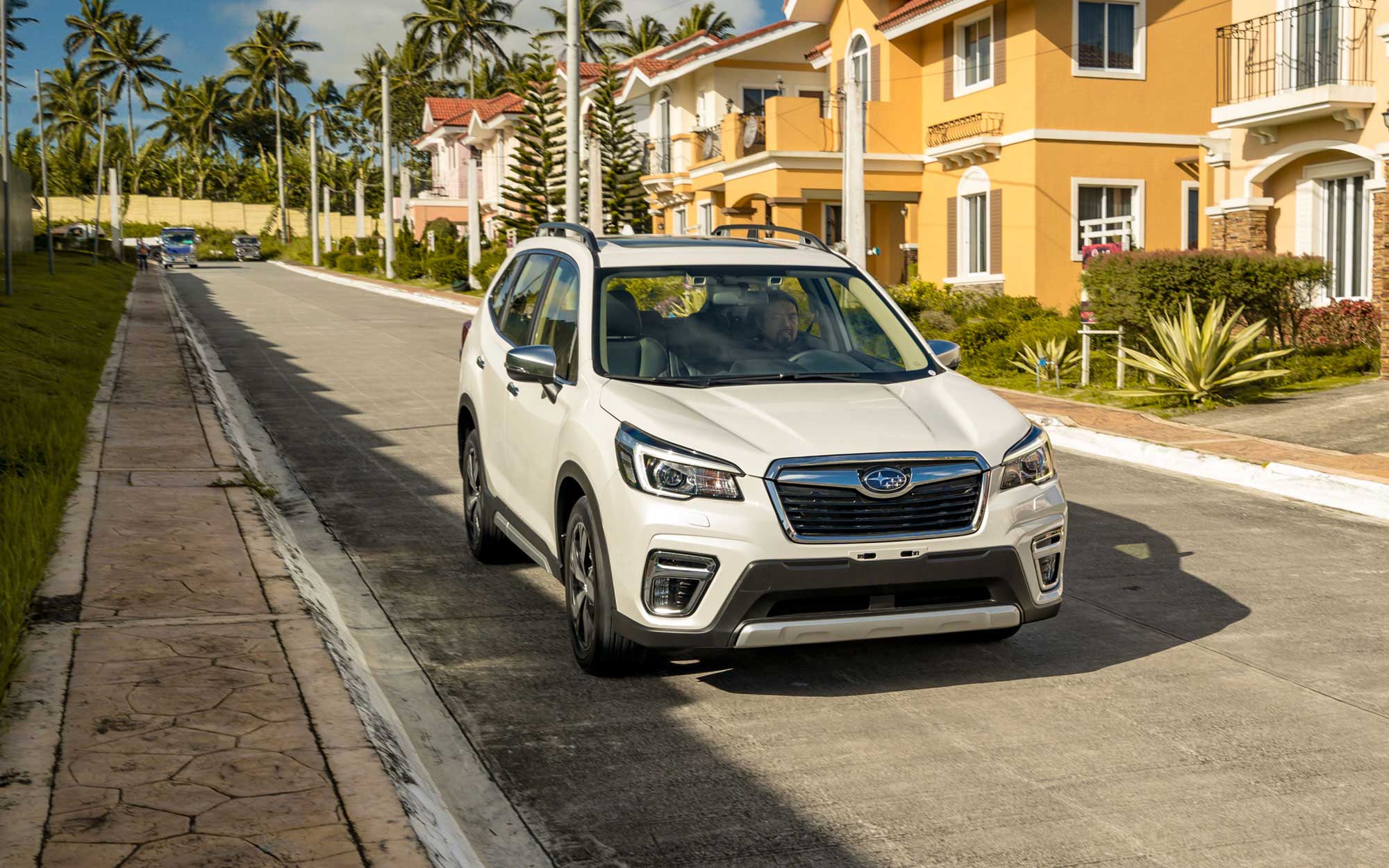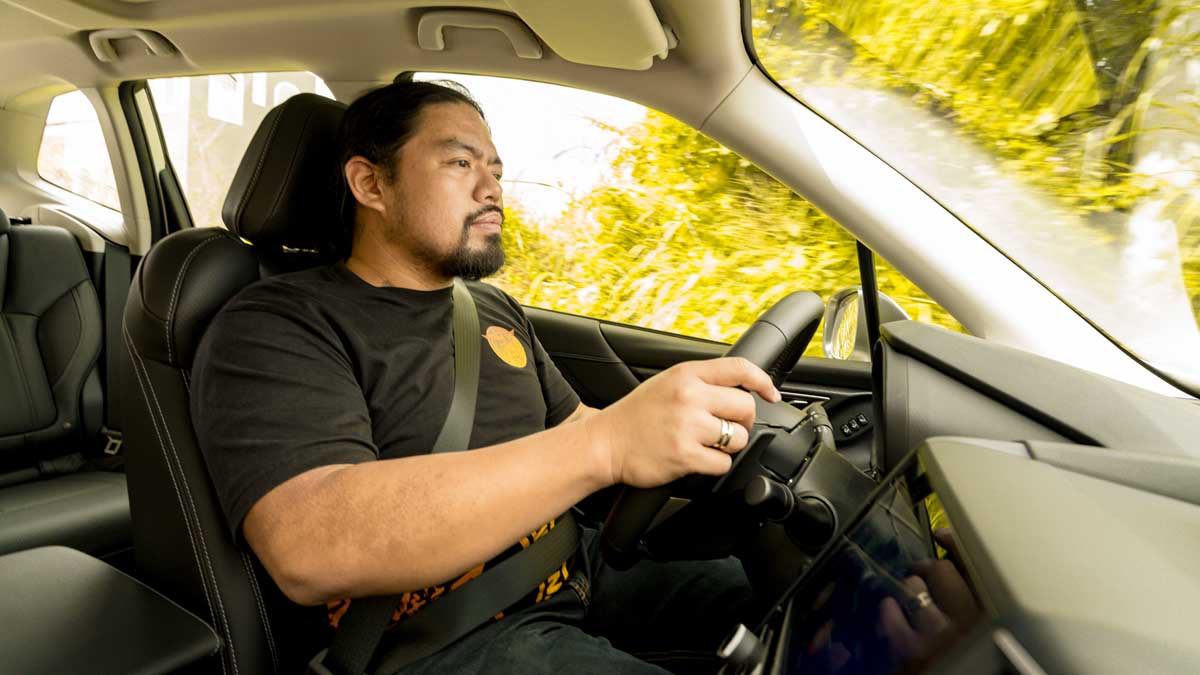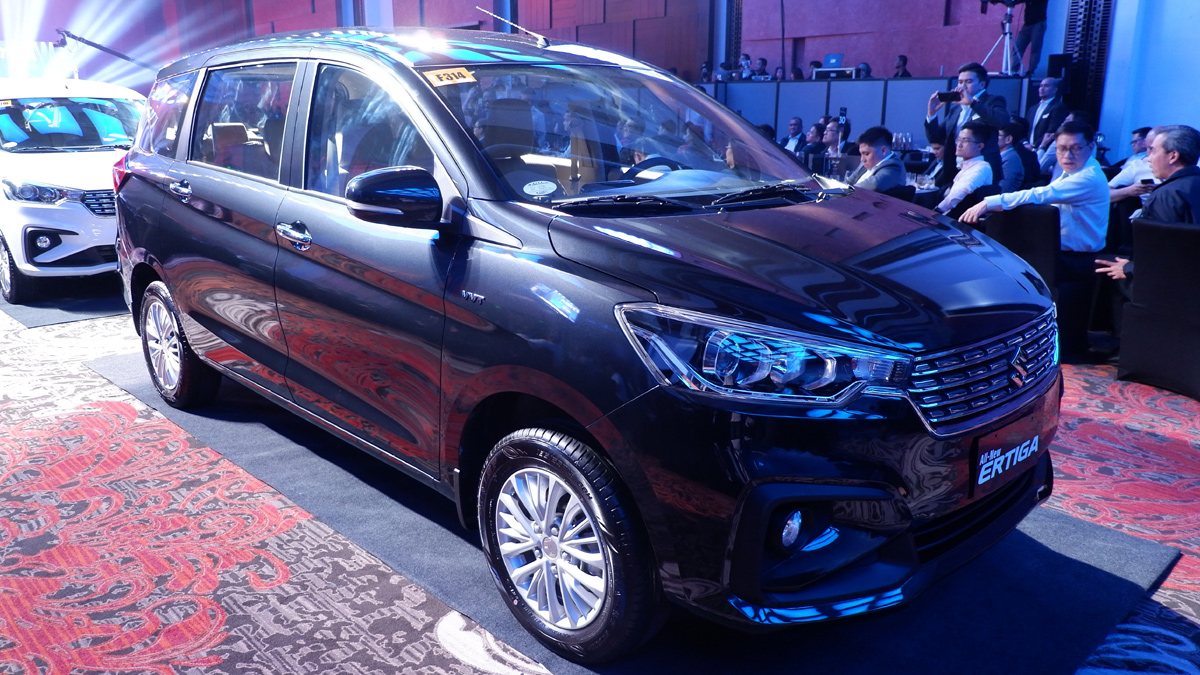Knife-edged shadows slide across the ground as we idle past the same corner for the hundredth time. It’s a blisteringly sunny day, and the harsh light means we can only record in-car video while driving in a northwesterly direction. This means driving from one end of the Suntrust Verona compound in Tagaytay to the other before turning around to repeat the entire process. Over and over. This, along with numerous stops for still pictures, gives me precious little time to get a handle on what the Forester is meant to be.
I know what the Forester is, mind you—a crossover of roughly the same size and performance as your typical ‘CRAV-X5’ crossover. But what caption will sit under its yearbook photo? ‘Sporty Spice’? ‘Posh Spice’? Er...‘Baby Spice’? Well, that’s what we’re here to find out. With little time left for the finding.
The original 1997 Forester had a very clear identity: It was the anti-SUV. A boxy, boxer-engined station wagon for those who didn’t want the same boring blobby crossover as everyone else. The next was more of the same, only Boxier. With the 2009 third-generation SH model, however, Subaru went mainstream, giving the model a more conventional shape and styling to appeal to a wider audience. Sales soared as people other than loyal ‘Subaristas’ began to take notice. But something was lost in the translation.
















